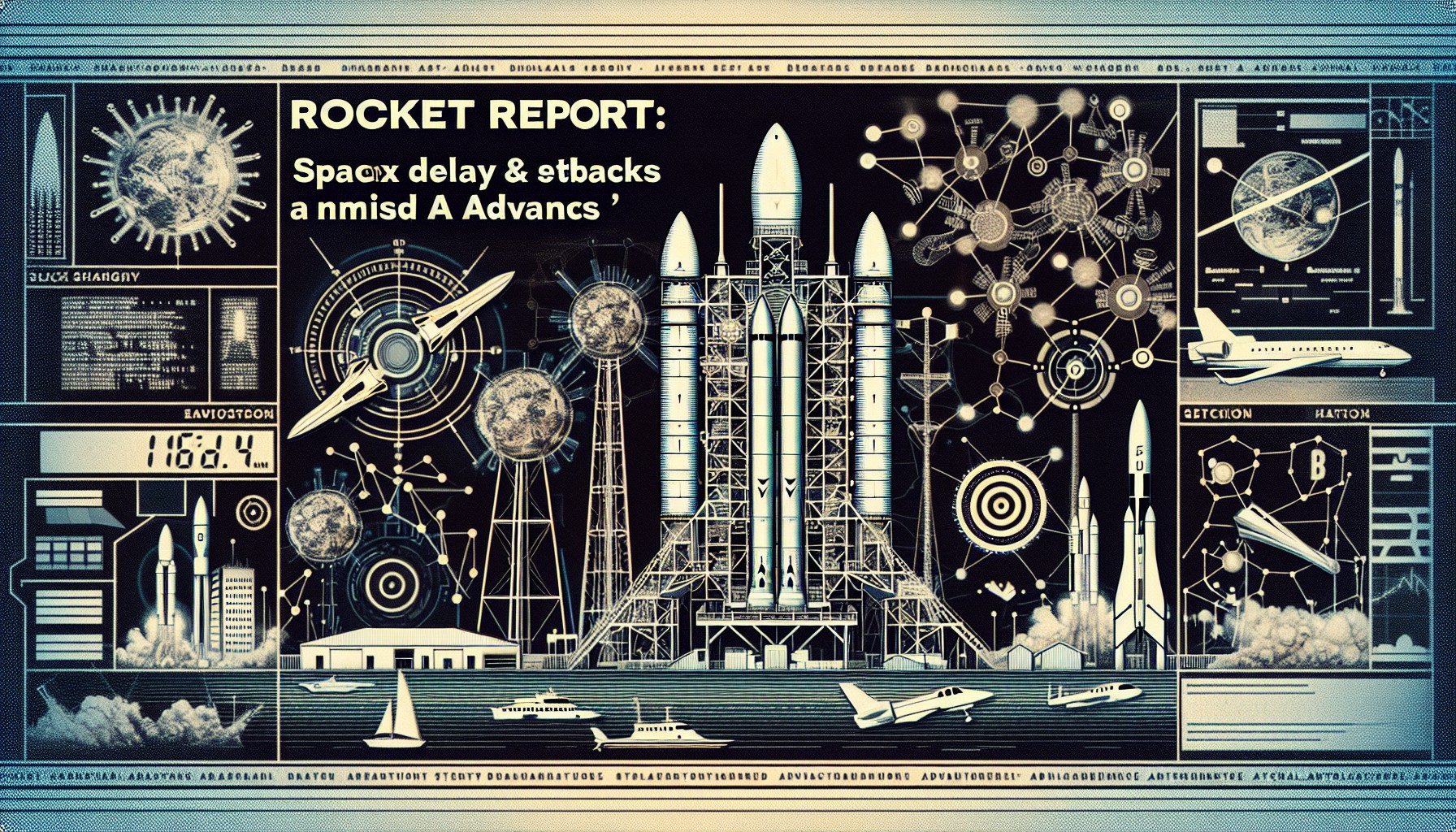The world of space exploration is continually evolving, and with it, the technology that propels humanity into the cosmos. As of today, a Falcon 9 core has achieved a remarkable milestone, launching as many times as there are Merlins on a Falcon Heavy. This achievement is not just a testament to the engineering marvels of SpaceX but also highlights the intricate dance between human ingenuity and automation, a relationship that is mirrored in the burgeoning fields of Artificial Intelligence (AI) and machine learning.
The Falcon 9 core, a reusable rocket booster, has now completed 27 successful launches, a number that coincides with the total count of Merlin engines powering a Falcon Heavy rocket. This synchronicity is emblematic of how precision engineering and repeated iterations can lead to significant advancements in technology. Similarly, AI systems thrive on iteration and learning from past experiences, honing their capabilities with each new data set they encounter.
SpaceX’s reliance on automation and AI in their operations is a glimpse into the future of space travel. From the precise landing of rocket boosters to the autonomous docking of spacecraft, AI plays a pivotal role in these processes. This is akin to how AI is revolutionizing other industries, from healthcare to finance, by enabling systems to perform complex tasks with minimal human intervention.
The intersection of AI and space exploration is more profound than it might initially appear. Consider the role of AI in mission planning and trajectory optimization. Machine learning algorithms can analyze vast amounts of data to determine the most efficient paths for spacecraft, much like how they optimize logistics and supply chains on Earth. This capability is crucial for missions to distant planets, where every ounce of fuel and every second of time counts.
Moreover, the synergy between AI and space technology extends to satellite management. With the increasing number of satellites being launched, AI systems are essential for managing satellite constellations, ensuring they remain in optimal orbits and avoiding collisions. This mirrors how AI is used in traffic management systems in urban environments to streamline flow and reduce congestion.
The milestone achieved by the Falcon 9 core also underscores the importance of sustainability in space exploration. Reusability, a concept championed by SpaceX, is enhanced by AI’s ability to predict maintenance needs and optimize launch schedules. AI-driven predictive maintenance ensures that these rockets are launched safely and efficiently, reducing the cost and environmental impact of each mission.
As we look to the future, the integration of AI into space technology is poised to accelerate. The development of AI-driven rovers and probes that can autonomously navigate the surfaces of other planets will open new frontiers for exploration. These AI systems will not only gather data but also learn from their environments, adapting to unforeseen challenges much like a human explorer would.
In essence, the story of the Falcon 9 core’s 27 launches is a narrative of technological convergence. It is a reflection of how human creativity, when coupled with the analytical prowess of AI, can push the boundaries of what is possible. As we continue to reach for the stars, the partnership between AI and space exploration will undoubtedly lead to discoveries that were once the realm of science fiction, bringing us closer to understanding our place in the universe.
